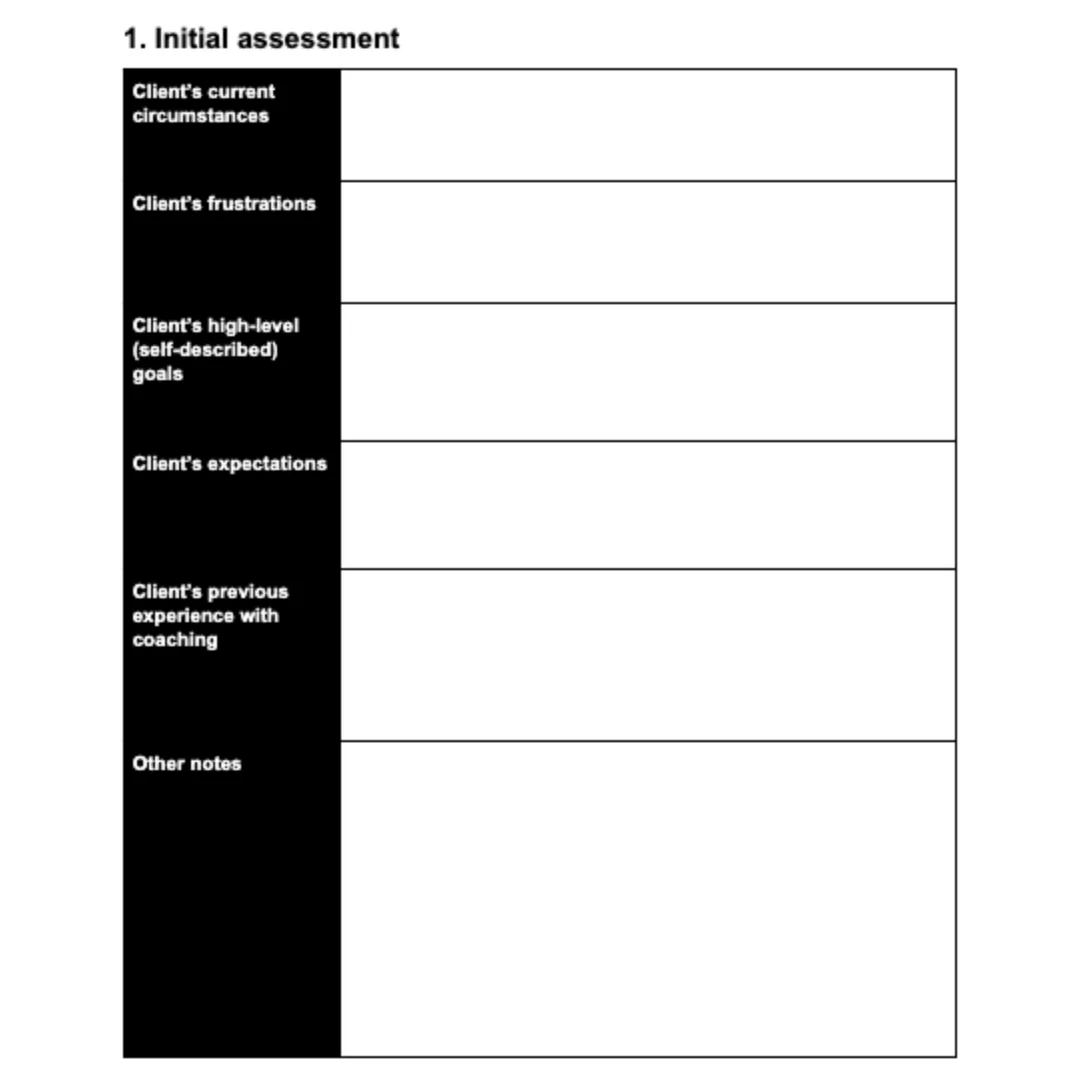Free Coaching Program Template
Download our free template to improve the quality of your coaching services and scale sustainably.
Free Coaching Program Template
Build a Coaching Program in 7 Steps
Whether you’re an online coach or you work with clients face to face, you know that every case is unique. Depending on the type of coaching you do, clients may need your professional help to propel their careers, reach personal goals, grow their businesses, or develop healthy habits. But even if you cater to a very specific niche, each individual comes to you with different needs and expectations.
Thankfully, this doesn’t mean that you have to develop a new coaching strategy from scratch for each of your clients. Using a coaching program template is a much more efficient way to deliver a great personalized experience every time.
A program template can help you scale your coaching business while improving the quality of your services. Download this fool-proof, fully customizable template that you can use to design your signature coaching program today.

Subscribe to The Thought Process newsletter
Get insights from successful experts on driving revenue with online courses, digital products, and communities. Subscribe now for free.
